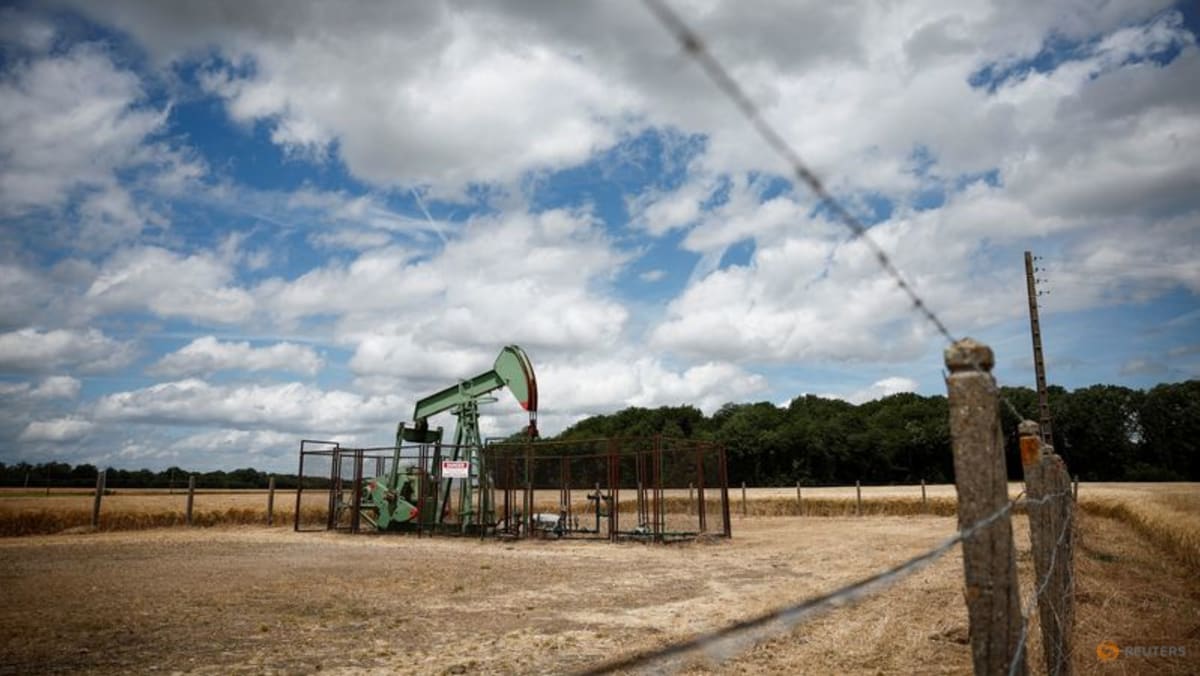HOUSTON :Oil prices fell on Monday as investors weighed easing Middle East risks and a possible OPEC+ output increase in August.
Brent crude futures were down 13 cents, or 0.2 per cent, to $67.64 a barrel at 1:10 p.m. EDT (1710 GMT), ahead of the August contract’s expiry later on Monday. The more active September contract was down 14 cents at $66.66.
U.S. West Texas Intermediate crude was down 51 cents, or 0.8 per cent, at $65.01 a barrel.
The Brent and WTI benchmarks posted their biggest weekly declines since March 2023 last week but are set for a second consecutive monthly gain of 5.9 per cent and 6.9 per cent respectively.
A 12-day war that started with Israel targeting Iran’s nuclear facilities on June 13 sent prices above $80 a barrel before sliding back to $67.
“This ceasefire that was quickly engineered appears to be holding up, so the supply risk premium that was in place is continuing to be withdrawn in a rapid fashion,” said John Kilduff, a partner at Again Capital.
Meanwhile, U.S. crude oil production hit a record 13.47 million barrels per day in April, up from 13.45 million bpd in March, according to data released by the Energy Information Administration as part of its Petroleum Supply Monthly series.
The record U.S. oil production was adding to the bearish sentiment on Monday, Kilduff added.
OPEC+ SET TO BOOST PRODUCTION IN AUGUST
Four OPEC+ sources told Reuters last week that the group was set to boost production by 411,000 bpd in August after similar increases for May, June and July.
If the increase is agreed, it would bring the total rise in supply from OPEC+ to 1.78 million bpd so far this year, equivalent to over 1.5 per cent of total global demand.
“I believe this potential supply pressure remains under-priced, leaving crude vulnerable to further weakness,” said Ole Hansen, head of commodity strategy at Saxo Bank.
The oil producer group is set to meet again on July 6.
Some market tightness remains despite rising output, however, said Giovanni Staunovo, analyst at UBS.
A Reuters survey found that OPEC oil output rose in May, but gains were limited by cuts by countries that had previously exceeded their quotas. Saudi Arabia and the United Arab Emirates, meanwhile, made smaller increases than allowed.
Kazakhstan, which has persistently exceeded quotas set by OPEC+, may exceed its previous oil production forecast by around 2 per cent this year following an upgrade to output at its largest Caspian oilfields, Reuters calculations, based on data from state-owned energy company KazMunayGaz, showed.
A survey of 40 economists and analysts in June forecast Brent crude will average $67.86 per barrel in 2025, up from May’s $66.98 forecast, while U.S. crude is seen at $64.51, above last month’s $63.35 estimate.
